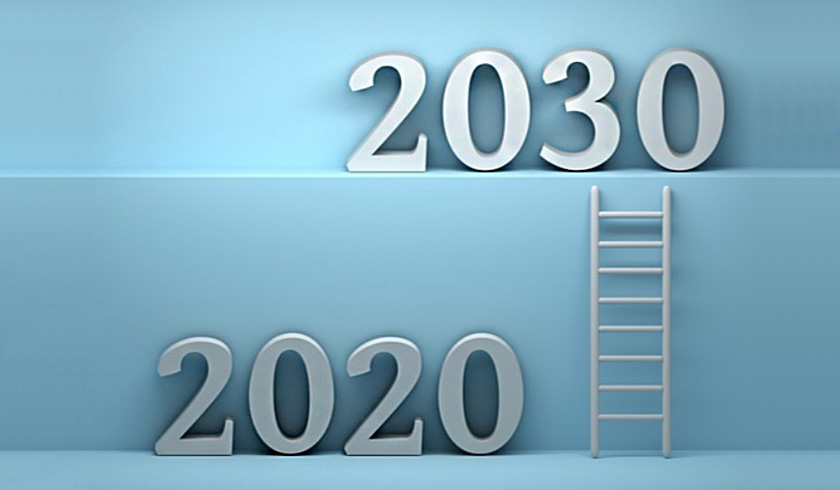Where do you want to be in 2030?
Where you want to be in 2030 might seem like a strange question to ask when we’ve just welcomed in 2020.

However, psychologically, it is the perfect time to make wealth creation plans that you would like to achieve in the next decade.
To continue reading the rest of this article, please log in.
Create free account to get unlimited news articles and more!
Of course, your goal setting will be vastly different depending on whether you are a relatively new investor or an established one.
So, let’s unpack each of those scenarios to determine the best strategies for each investor type.
Established investors
For investors who already have portfolios, now is the time that you should be considering how you are going to consolidate debt over the next decade.
Sometimes investors are too busy accumulating properties that they, probably conveniently, forget that they will need to pay down, or pay off, the loans at some point in time.
The reality is that point should start now if you are aged in your 40s or older.
The first thing to do, under the current low interest rate environment, is to review all of your loans and refinance, if needed, to the optimal loan products to achieve your financial goals.
In fact, anyone – young or old – who is not making the most of our historically low interest rates by making principal and interest repayments on some of their loans is a little silly in my opinion.
Now this does involve a shift in the long-held investor mindset that you should pay off your home loan before your investment properties.
The rationale behind this mindset was always because owner-occupier loans are not tax deductible, which is a paradigm that should be left in the last decade!
However, by reducing debt on your investment loans, it creates more cash flow, which can be used for lifestyle reasons such as moving to part-time employment earlier than you thought possible.
You can also use those funds to pay down your home loan at some point as well.
Another strategy to consider includes reviewing all of their expenses, including such things as insurance premiums, to reduce your outgoings.
That extra cash flow can then also be diverted to paying down your portfolio more quickly.
New investors
As we start a brand-new decade, gone are the days of buying multiple properties each year.
Lending is still relatively conservative compared to yesteryears, and is unlikely to change overly much in the decade ahead.
Rather, new investors should create achievable goals via the purchase of three or four investment properties over the next decade.
You should consider buying houses in the middle rings of our capital cities, but particularly in Sydney and Melbourne over the next year or two to set up the foundation of your portfolio.
Brisbane is another worthy location, which may not grow in value as fast as Sydney or Melbourne, but it is a steady marketplace that historically has superior cash flow. Of course, let’s not forget value propositions in Perth or Adelaide.
Over time, you may also consider undertaking small development or investing in a commercial property to supercharge your cash flow even further.
The best timeframe to accumulate this sized portfolio is usually the first five years.
That leaves the final half of the decade for debt consolidation as well as implementing strategies, such as renovations or small developments, to create additional capital growth and cash flow.
Fool’s gold
In days gone by, people used to boast about how many properties they owned, without admitting they were probably bought with little foresight at all.
In the current era, it is far more important – and ultimately more lucrative – to grow a portfolio of fewer properties but ones that have been strategically selected for their capital growth and cash flow prospects, in line with your goals and financial fingerprint.
This decade is about being realistic with your wealth creation goals, whilst recognising that the debt you take on will eventually need to be repaid.
That’s why it’s vital to make the most of the current lending environment and opt for principal and interest repayments if the difference between the interest only and principal and interest isn’t vast.
Another strategy is to deposit extra funds into an offset account, which serves to reduce interest on your loans, but also allows you access to the funds to invest elsewhere if the time is right.
In fact, I believe there will be a number of investment opportunities in the next two to three years.
That’s because some people may struggle to manage their mortgages when their repayments switch from interest only to principal and interest.
Savvy investors, new and established, will be in a position to cherrypick the very best properties – because they started this decade setting goals for the next one.


